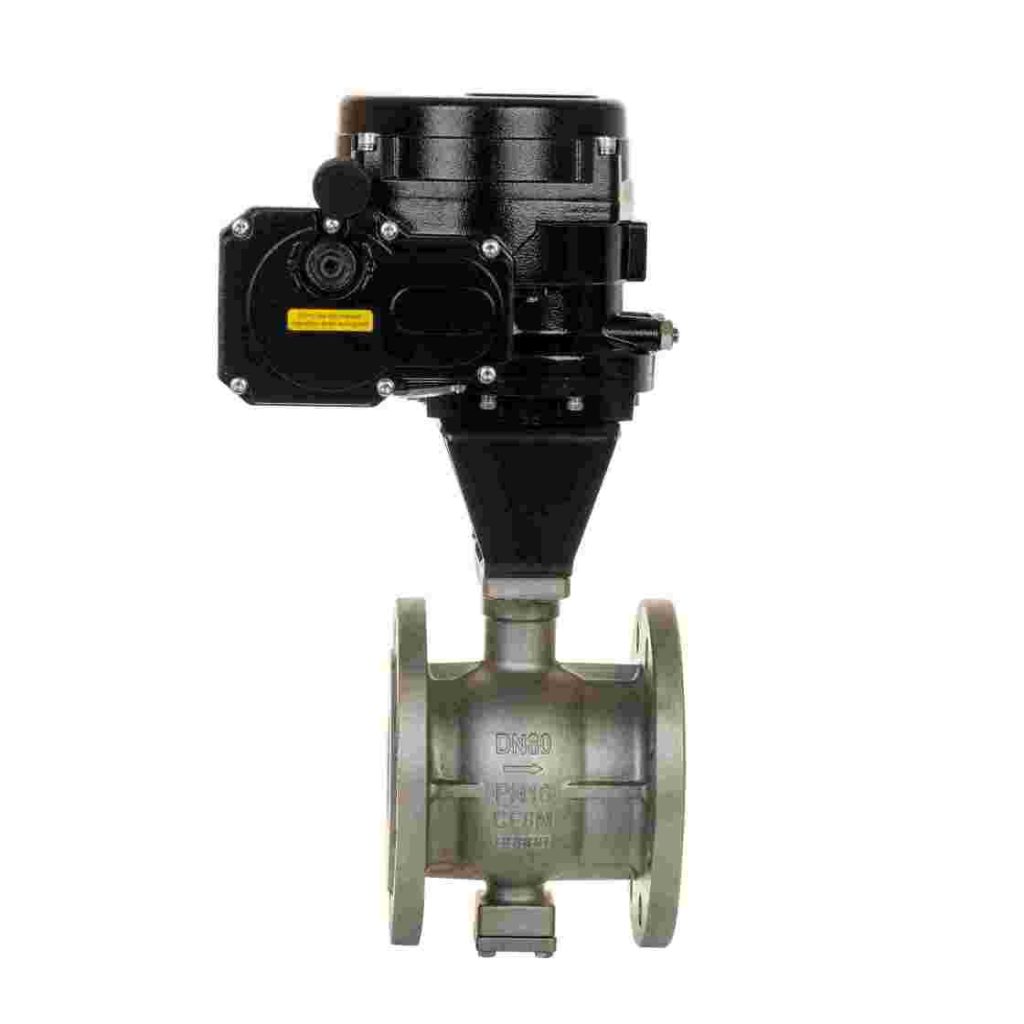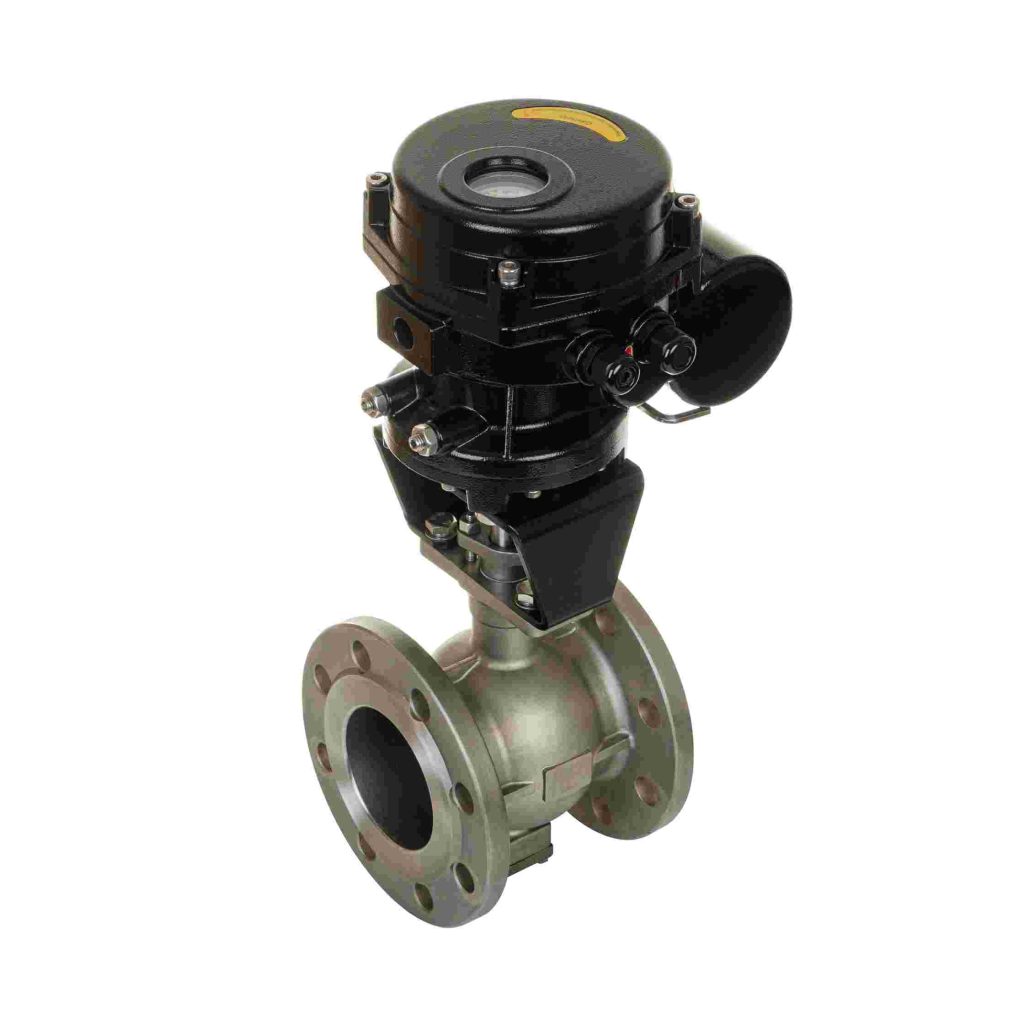Hydrogen energy is one of the most promising solutions for a sustainable, low-carbon future. As the world seeks to reduce its dependence on fossil fuels and combat climate change, hydrogen has emerged as a clean alternative with potential applications in various sectors, including transportation, power generation, and industrial processes. However, hydrogen systems come with unique challenges, particularly in terms of safety and efficiency. One crucial component in ensuring the safe and smooth operation of hydrogen systems is the Hydrogen Energy Power Off Reset Valve.

The Role of the Hydrogen Energy Power Off Reset Valve

A Hydrogen Energy Power Off Reset Valve, often referred to as a safety valve, plays a pivotal role in managing the pressure and flow of hydrogen gas in systems where hydrogen is used as a fuel or energy carrier. In hydrogen-powered systems, maintaining a constant and safe pressure is vital for optimal operation. These valves are designed to protect against sudden power failures, which could otherwise lead to dangerous pressure surges, leaks, or system failures. When a hydrogen system is powered off, the reset valve automatically engages to close off the flow of hydrogen, preventing any accidental release of gas. This is particularly important because hydrogen, being highly flammable, presents a significant safety risk in the event of leaks or uncontrolled releases. By stopping the flow of gas when power is lost, the reset valve serves as a fail-safe mechanism, ensuring that the system remains secure until power is restored and it is safe to resume operation.
